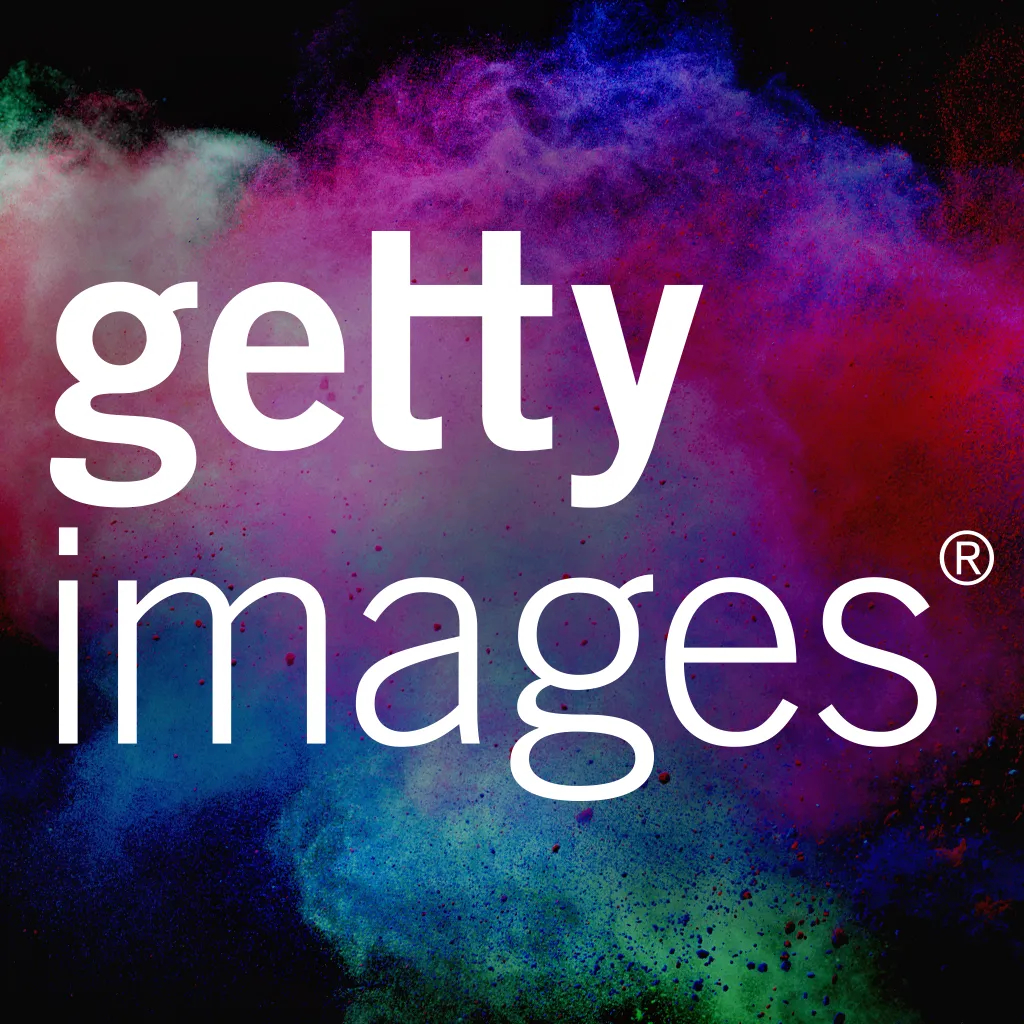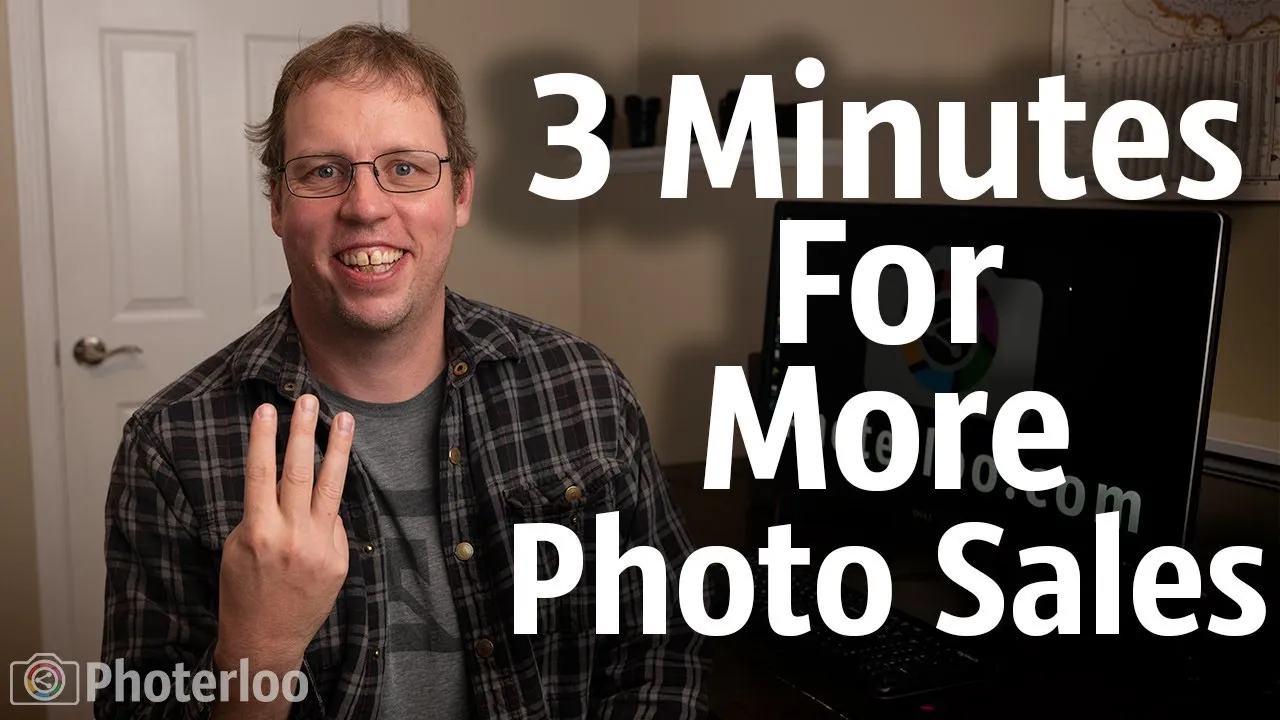Have you ever wondered how photographers get their stunning images onto platforms like Getty Images? Whether you're a budding photographer or a seasoned pro, getting your work recognized on such a prestigious site can be a game-changer. In this post, we’ll explore the ins and outs of Getty Images, what it takes to get your photos accepted, and how to navigate the submission process smoothly. So, grab your camera and let’s dive into the world of stock photography!
Understanding Getty Images

Getty Images is one of the largest and most well-known stock photography agencies in the world. Established in 1995, it has become a go-to resource for creative professionals, businesses, and media outlets seeking high-quality images for commercial use. But what exactly sets Getty Images apart? Let’s break it down:
- Vast Library: Getty Images boasts millions of images, videos, and music tracks, covering an extensive range of categories from nature and sports to fashion and editorial content.
- Quality Standards: The platform maintains rigorous quality standards, ensuring that only the best images make it into their library. This means that your photos need to stand out in terms of composition, lighting, and subject matter.
- Licensing Options: Getty offers various licensing options, including rights-managed and royalty-free licenses, allowing buyers to choose how they want to use the images.
- Global Reach: As a global brand, Getty Images has a vast network of clients, from small businesses to large corporations, increasing exposure for photographers whose work is featured.
- Support for Creators: Getty Images actively promotes its photographers through curated collections, features, and marketing campaigns, providing additional visibility for your work.
Understanding these key aspects of Getty Images can help you align your photography style and business strategy with the platform's offerings. So, if you’re ready to take the plunge and submit your work, knowing what Getty Images represents is the first step in your journey!
Also Read This: Explore Templates on Canvas.com for Your Projects
Preparing Your Photos for Submission

Getting your photos onto Getty Images is an exciting opportunity, but it all starts with preparation. It’s essential to ensure that your photos meet the platform's standards and are appealing to potential buyers. Here’s a handy checklist to help you get your images ready:
- High Resolution: Make sure your images are at least 4 megapixels. Higher resolutions are preferred as they provide more flexibility for buyers.
- Quality Over Quantity: Focus on submitting your best work. It's better to have a few outstanding images than dozens of mediocre ones.
- Edit and Retouch: Use editing software to enhance your images. Adjust brightness, contrast, and color balance, but avoid heavy filters that can alter the original essence of the photo.
- Consistent Style: If you have a specific style, try to maintain it across your submissions. Consistency can help build your brand as a photographer.
- Metadata Matters: Prepare to add relevant keywords and descriptions. This helps potential buyers find your images easily.
Lastly, before submitting, review Getty Images' submission guidelines to ensure compliance. This step can save you from unnecessary rejections and help your photos shine in the competitive market!
Also Read This: Capturing Audio from YouTube Videos for Personal Use
Creating a Getty Images Contributor Account

Now that you’ve prepared your photos, it's time to set up your Getty Images Contributor account. This is your gateway to sharing your photography with a global audience. Here’s a simple guide to get you started:
- Visit the Getty Images Contributor Page: Go to the Getty Images website and look for the Contributor section. This is where you'll find all the information you need to begin.
- Fill Out the Application Form: You'll need to provide some basic information about yourself, including your name, email address, and a brief bio highlighting your photography experience.
- Upload Sample Photos: As part of the application process, you may be asked to upload a few samples of your work. Choose images that represent your best style and quality.
- Agree to the Terms: Carefully read through Getty's terms and conditions. Understanding the rights and responsibilities associated with being a contributor is crucial.
- Wait for Approval: After submitting your application, there will be a waiting period. Getty Images will review your work to see if it aligns with their standards.
Once approved, you’ll receive an email confirmation, and you can start uploading your photos to the platform. Remember, being a contributor is not just about uploading photos; it’s also about building a relationship with Getty and continuously improving your craft!
Also Read This: Understanding Why YouTube Pauses Videos and How to Troubleshoot Playback Issues
5. Uploading Your Photos
Uploading your photos to Getty Images is a straightforward process, but there are some key steps to ensure your images make a great impression. First things first, you’ll need to log in to your Getty Images contributor account. If you haven’t created one yet, go ahead and sign up—it's free and easy!
Once you're logged in, navigate to the upload section. Here, you'll find options to upload multiple images at once, making the process faster and more efficient. Before you start uploading, it's crucial to prepare your images. Make sure they're high resolution—at least 4MB is a good target. Getty prefers images that are sharp, well-composed, and properly exposed.
When you upload your photos, you'll be prompted to add metadata. This is where you describe your images—think of it as giving them a story. Include:
- Titles: A catchy title can grab attention.
- Keywords: Use relevant keywords that potential buyers might search for.
- Descriptions: Provide a detailed description of the photo, including context and any relevant information.
After filling in the metadata, review everything carefully before hitting the submit button. It's essential to ensure all information is accurate, as this will improve your visibility in search results. Once submitted, your photos will go through Getty's review process. Patience is key here; it might take a few days for them to approve your images.
Also Read This: Design a Guess Who Game Using Canva Guess Who Template
6. Understanding Licensing and Rights
When it comes to selling your photos on Getty Images, understanding licensing and rights is crucial. Getty Images operates on a licensing model, which means they sell the rights to use your images rather than the images themselves. This can be a bit confusing, so let’s break it down.
There are two main types of licenses to be aware of:
| License Type | Description |
|---|---|
| Rights Managed (RM) | This license allows for specific usage of your photo under negotiated terms. The price can vary depending on how, where, and for how long the image will be used. |
| Royalty-Free (RF) | With this license, buyers pay a one-time fee for the right to use your image multiple times without additional costs. This is more flexible for buyers but may yield lower payouts for you. |
It's essential to ensure that you retain your copyright as the creator. When you upload your work to Getty Images, you grant them the right to sell your images while keeping ownership. This way, you can still showcase your work elsewhere if you choose to. Always read the terms and conditions carefully, and consider consulting a professional if you’re unsure about your rights.
Also Read This: Unleash Your Creativity with Lovepik’s Free Resources
7. Marketing Your Work on Getty Images
Marketing your work on Getty Images is essential for maximizing visibility and boosting your sales. Here are several strategies to effectively promote your portfolio:
- Optimize Your Metadata: Always ensure that your images have detailed and relevant keywords. This will help your photos appear in searches by potential buyers.
- Engage on Social Media: Share your images on platforms like Instagram, Facebook, and Pinterest. Use appropriate hashtags to reach a broader audience.
- Network with Other Creatives: Collaborate with other photographers or artists. This can help you tap into their audience and gain exposure.
- Create a Personal Website: Showcase your portfolio and link it to your Getty Images profile. This acts as a central hub for potential clients to explore more of your work.
- Join Photography Groups: Participate in online forums or groups where photographers share their work and tips. You can gain insights and promote your Getty portfolio.
- Leverage Email Marketing: If you have a mailing list, inform your subscribers about new uploads or special collections on Getty Images.
- Participate in Contests: Engage in photography competitions. Winning or even participating can increase your exposure and credibility.
Remember, consistent marketing efforts are crucial. The more people see your work, the higher the chances of sales!
Also Read This: Should You Message Recruiters on LinkedIn – A Professionalâs Guide
8. Tracking Your Sales and Performance
Keeping an eye on your sales and performance on Getty Images is vital for understanding what works and what doesn’t. Here’s how you can effectively track these metrics:
- Utilize Getty’s Dashboard: Getty Images provides a user-friendly dashboard where you can monitor your sales statistics and trends. Make sure to check it regularly!
- Analyze Your Best-Selling Images: Take note of which images are performing well. Look for patterns in style, subject matter, and keywords that may contribute to their success.
- Set Goals: Establish clear sales goals for yourself. This can motivate you and provide a benchmark to measure your performance against.
- Gather Feedback: If possible, ask clients about their purchasing decisions. Understanding their preferences can help you tailor your future uploads.
- Track Market Trends: Stay updated with photography trends and shifts in demand. Adapting your work to meet market needs can enhance your sales potential.
- Create Reports: Periodically generate reports of your sales data. Use this information to refine your marketing strategies.
By diligently tracking your sales and performance, you can make informed decisions to enhance your portfolio and increase your revenue on Getty Images.
How to Get Your Photos on Getty Images
Getting your photos featured on Getty Images can significantly boost your visibility as a photographer and increase your potential revenue. Here’s a step-by-step guide to help you navigate the process.
1. Understand Getty Images’ Requirements
Before submitting your work, familiarize yourself with the following requirements:
- Quality: High-resolution images that are sharp and well-composed.
- Content: Original images that do not infringe on copyrights.
- Technical Specifications: JPEG format, minimum resolution of 300 DPI.
2. Create a Portfolio
Your portfolio should showcase your best work. Consider the following:
- Diverse styles and subjects.
- Consistency in quality.
- Relevance to current trends and market demands.
3. Sign Up as a Contributor
To become a contributor, follow these steps:
- Visit the Getty Images contributor portal.
- Fill out the application form.
- Submit a selection of your best images for review.
4. Upload Your Images
Once accepted, you can upload your images through the contributor platform. Ensure that you:
- Add appropriate keywords and descriptions.
- Comply with metadata guidelines.
5. Promote Your Work
After uploading, promote your portfolio on social media and photography forums to increase visibility.
By following these steps, you can successfully get your photos on Getty Images and start your journey toward becoming a recognized contributor.
Conclusion: Getting your photos on Getty Images requires careful preparation, quality work, and strategic promotion, but with dedication, it can lead to valuable opportunities in the photography world.